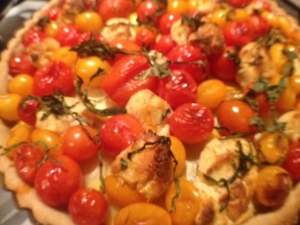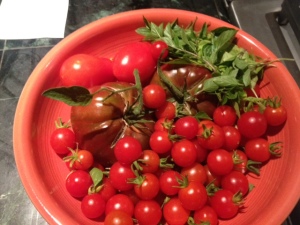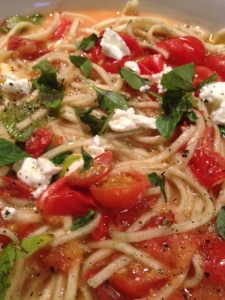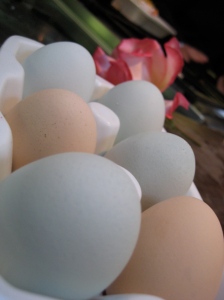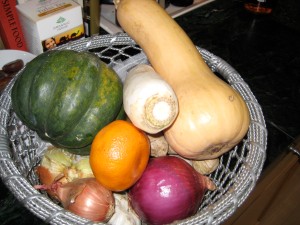It is not an over-dramatization to state that I am utterly filled with longing. The kind of longing you feel when you first fall in love and you want to spend every minute with that person. The kind of longing for school vacations, or Christmas morning, or for a long-sought promotion at work. The yearning to get married, to have children, to feel fully rooted and planted in this life. Except this longing I am talking about is nothing so noble as a desire for love, family, stability. It is far more tangible and tiny. It is not truly significant in any real way. Except, it is, for me. Right now. And right now, what I want on this cautious April morning, is a tomato.
I have studiously avoided the sad pink specimens at the grocery store. I have faithfully used up every last bit of tomato sauce, crushed tomatoes, and tomato juice I so happily canned last season. I have reveled in brussels sprouts and kale and cabbage and fresh bread picked up from the bakery then slathered with local butter. I have made soups out of potatoes and yams and pumpkins and even beets. I have been making and remaking meyer lemon yogurt cakes and sinful tarte tatins. And so we’ve eaten well in these long months. But now I find myself spending far too many minutes on Pinterest, pinning countless images of beautifully ripe heirloom tomatoes. I have lost hours to re-envisioning my tomato-strawberry-jalapeno jam. And I can feel the faintest hint of panic, a frenzied voice within is starting to wail, just a bit, that we are still months away from the season’s first fragrant, juicy beauties.
So I scroll through my phone, basking in pictures of a previous summer’s season of bliss. I think and write and dream of the cheeses I will use in salads, and the farms where I will pick up cases of San Marzanos to can. I envision a grand summer wedding that uses tomatoes instead of flowers for the centerpieces. I say the names of my favorite varieties like they are prayers on a rosary: Brandywine. Cherokee Purple. Green Zebra. Lemon Boy. Even the humble Roma. And while I am filled with this deep longing, I know that nothing will cure or satisfy me but that first bite of sweet, tart voluptuous tomato. And though this bite will not come for some months, come it will. When it’s time.

